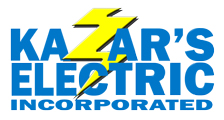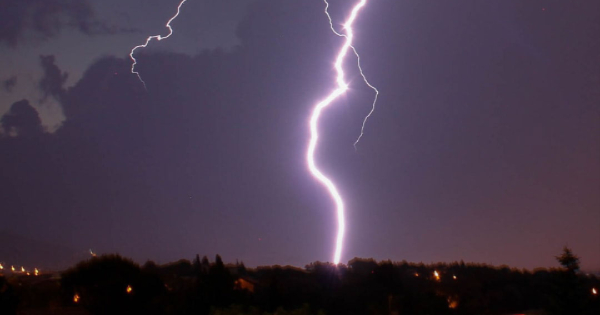Power surges are a leading cause of electrical-related device damage. This is because once there is a power surge, any connected device is at risk of damage regardless of how big or small it is.
The National Electrical Manufacturers Association indicates that sources within homes and offices cause 60-80% of all power surges. Therefore, it is advisable to hire a contractor offering electrical engineering design services to utilize measures that protect your appliances from surges.
What Exactly Is a Power Surge?
A power surge is an unexpected, temporary increase in the current or voltage of an electrical circuit that can degrade, damage, or destroy sensitive electronic devices.
When a device suddenly stops using power, there will be an increase in the voltage in distribution which may be directed to another appliance and may cause damage.
How Can You Prevent Power Surges?
Flickering lights are often an indication that there may be an impending power surge. By switching off outlets, you can protect your electronics. However, this does not fully protect your appliances.
This is because damage to your devices is not necessarily caused by one strong surge. It can occur as a result of the damage that accrues from several minor surges.
Adequate surge protection is not about taking reactive measures. It is a matter that requires your electrical engineering design services provider to take preventive measures before it happens.
Here are some tips on how to protect your house and electrical appliances from a power surge.
1. Install a Whole-House Surge Protector
Companies that offer electrical engineering design services can install the protector at the primary breaker. It will operate as a gateway for current coming into your electrical system.
In case there is a spike in voltage, the suppressor/protector shuts off the power and then redirects the excess current to the underground wire.
2. Have Added Protection for Specific Devices
Even with a whole-house surge protector, it is crucial to give sensitive electronics such as computers and refrigerators added protection. Here’s what companies offering residential electrical services recommend:
- Have surge stations for cable lines and phone stations
- Use an uninterruptable power station (UPS) to protect computers
- Use power strips
3. Upgrade Your AC Unit
Air conditioning units tend to restart several times a day. When this happens, the current in a building increases, thus increasing the likelihood of a surge.
New AC models are energy-efficient, thus requiring significantly less power to operate. As a result, the excess current in circulation will be less when they restart, therefore, reducing the chances of a surge.
4. Unplug Devices During a Storm
Lightning strikes are a major cause of electrical surges. In 2013 alone, there were close to 115,000 insurer-paid residential lightning claims. To be safe, unplug any electrical devices when there is a storm.
5. Inspect Your Wiring
Wires that are damaged or exposed offer little resistance and disrupt the flow of current. This, in turn, increases the likelihood of a surge, especially to the specific outlet they lead to.
Here are some tips to help you identify faulty wiring:
- Buzzing sound or vibration coming from outlets
- Frequent tripping of circuit breakers
- Visible burn marks or burning smells coming from outlets
If you notice any of these signs, call a Tampa emergency electrician to avert danger. In addition to that, a thorough inspection will be required, and it may need you to go inside the walls and check all the other wires individually. This is where an electrical system installation specialist comes in.
When you want to invest in surge protection for your home, rely on the experience of Kazar’s Electric today.


Require solution of surge protection for complete 5 story apartment